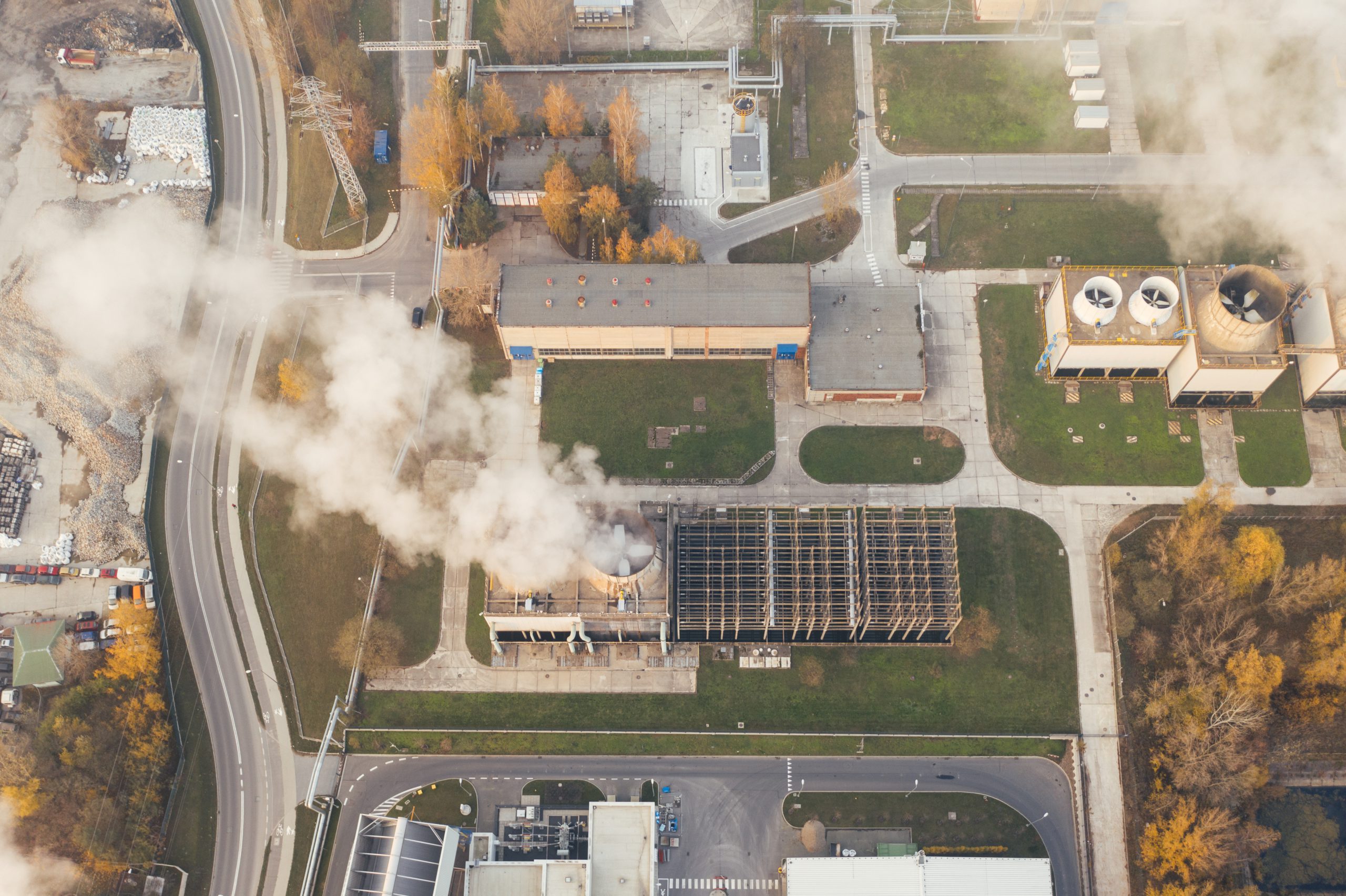It’s time to face the facts. While it’s not our style to lean into doom and gloom, our planet has reached a critical state, and turning a blind eye to the issues is no longer an option.
As we approach April 22nd, a day that globally recognizes the need to protect our planet, we’re taking time to face some uncomfortable truths about climate change. We’ll be the first to admit that these facts can stir feelings of unease and uncertainty, but acknowledging them is a necessary first step as we stand together at a pivotal moment in history.
Our goal is to bring major issues facing our planet into focus and illuminate the role we need to play in bringing about change. As a tree planting company (that sells apparel second), we feel we’re also uniquely positioned to explore how trees can be a powerful part of the solution. Our planet needs us, so let’s face the facts together.
The Fact
The amount of carbon dioxide in the atmosphere has increased by almost 50% since 1850.
Why Is This Happening?
Carbon dioxide levels in our atmosphere are rising primarily due to the fossil fuels we burn for energy. Fossil fuels like coal and oil contain carbon that plants pulled out of the atmosphere through photosynthesis over many millions of years. While removing carbon took millions of years, we’re returning that carbon back to the atmosphere in just a few hundred.
We’re putting more carbon dioxide into the atmosphere than natural processes can remove, and pushing the net global amount of carbon dioxide to unprecedented levels.

What Are The Consequences?
This increase in atmospheric carbon dioxide is driving climate change and causing our Earth’s temperature to rise. The global surface temperature has risen over 1ºC since pre-industrial levels (1850-1900) and our cumulative carbon dioxide is pushing us increasingly toward a future where temperatures will be at least +1.5ºC above pre-industrial levels by 2040.
While an increase of +1.5ºC may seem small, the ramifications are enormous and already being felt around the world. With the earth’s temperature warming at its current rate, we will see more intense rainfall, flooding, tropical cyclones, drought and sea-level rise in the years to come.
According to NASA, if we continue to burn fossil fuels at a business-as-usual rate, CO2 levels will continue to rise to levels of 1500 ppm. (For context, the preindustrial level of CO2 — the amount in the air a few centuries ago, before humans began to burn CO2-producing fuels at an industrial scale — was about 280 ppm.) In this scenario, the atmosphere would not return to pre-industrial levels even tens of thousands of years into the future.
What Has To Change?
It will take an immediate and tremendous global effort to stop climate change. Fossil fuel emissions must be phased out by 2050, which means a 45% reduction of global CO2 emissions by 2030. This is an enormous and somewhat daunting task when you think about how many sources of emissions there are worldwide, from power plants and factories to cars and airplanes.
With fossil fuels currently supplying 80% of the world’s energy, there needs to be an immediate shift to renewable energy sources. Alongside this shift, we must work to develop new technologies for the parts of our economy that cannot be electrified and find new ways to feed our ever-growing population. Agriculture is the second largest contributor to human-made greenhouse gas emissions and we need to find more sustainable ways to feed billions of people that use less land and produce fewer greenhouse gas emissions.
While we can and should all make small changes in our day-to-day lives to address these issues within our own sphere of influence, international cooperation and policies will be vital if we have any chance of halting climate change.

How Can Trees Help?
Eliminating fossil fuel emissions is a non-negotiable to halt global warming, but tree planting and forest conservation are important tools that can help in our decarbonization efforts.
Protecting forests, reforestation and ecosystem restoration all fall under the umbrella of nature-based solutions. If this term’s new to you, nature-based solutions harness the power of nature to reduce greenhouse gas emissions and also help us adapt to the impacts of climate change. They are actions that protect, restore and sustainably manage ecosystems, while also providing human well-being and biodiversity benefits.
For example, in addition to sequestering carbon from the atmosphere, protecting forests and planting trees have other benefits for the planet, including the conservation of water and biodiversity, ensuring food security and supporting vulnerable communities. According to studies, Earth’s ecosystem can support another 900 million hectares of forests or 1.8 trillion trees. This number of trees could capture 205 billion metric tons of carbon from the atmosphere, equal to the mass of 41 billion elephants.
While tree planting is not a silver bullet for solving climate change, it’s an incredibly important tool in our tool kit and in it lies the potential for us to take impactful action today. Planting the right trees in the right places and preserving our world’s forests are crucial pieces of the puzzle when it comes to achieving the scale of change our planet needs. Scientists have identified the next ten years as our last chance to prevent catastrophic climate change and prioritizing ecosystem restoration is critical to counteract climate change, halt the collapse of biodiversity, and achieve a more sustainable future.
Keep Reading
By planting ten trees for every item you purchase, it’s our mission to plant 1 billion trees by 2030. Head to our website to learn more and begin your planting journey with 10% off.

